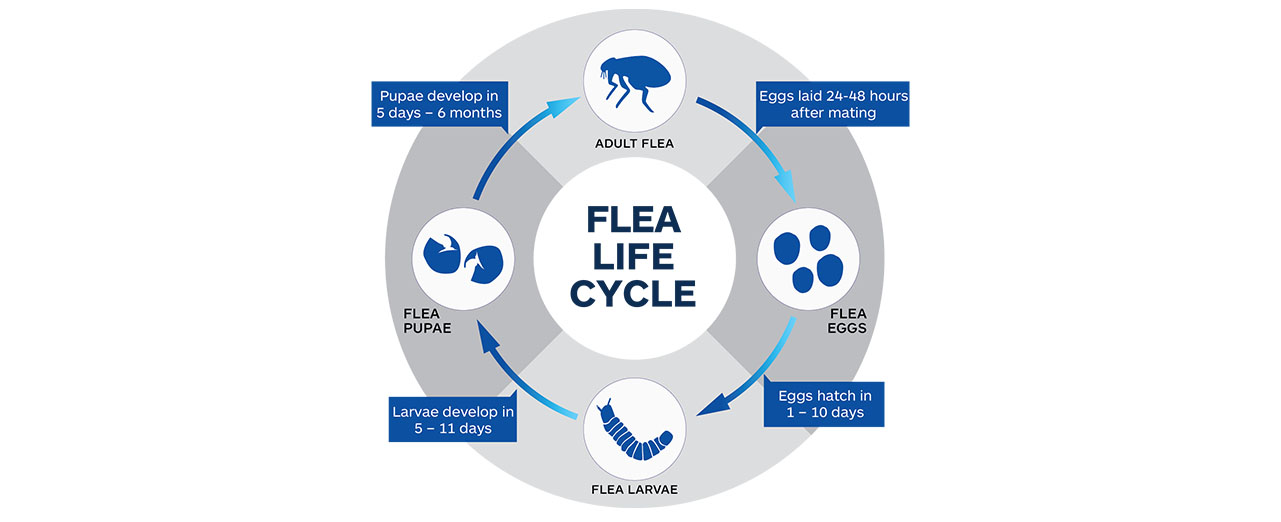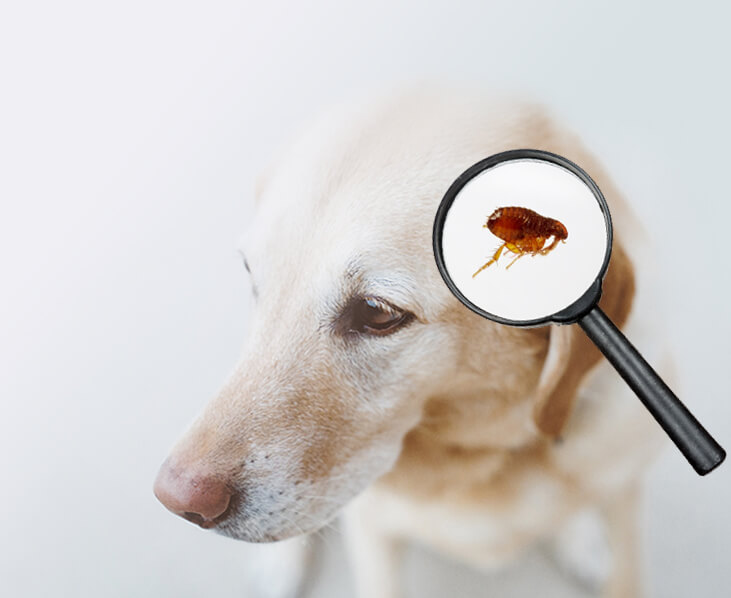
Flea Lifecycle
Fleas on dogs and fleas on puppies can really make life unbearable for your furry friend. Thankfully, there is plenty you can do to deal with these pesky little parasites.
Read on to learn everything you need to know about fleas on dogs and how to get rid of them.
On average, an individual adult flea only survives on a host for a few weeks, however as they start reproducing within days, flea numbers can rapidly build up resulting in a severe infestation.
The typical life cycle of a flea, or the time it takes for fleas to reproduce and develop, takes around a month, but may be as long as a year or more.
There are four stages of the flea life cycle:
- Egg: Adult female fleas lay their eggs on the skin or fur of their host animal after they have enjoyed a good feed of blood. The tiny, light-coloured, oval eggs fall from the dog's coat into the environment, where they take between two days and two weeks to hatch.
- Larva: Larvae grow inside the eggs until they are ready to hatch. When they emerge, they are just a few millimetres in length and worm-like in appearance. They eat what organic matter they can find as they develop through a number of stages, the final of which produces a sticky cocoon called a pupa.
- Pupa: The sticky pupa attracts debris from the environment which helps to protect it. Inside, the pre-emerged flea can develop in less than 10 days. However, depending on environmental conditions, they can remain in this stage anywhere from 6-12 months before emerging. Pupae are normally found deep in carpets or underneath organic debris and so they can be difficult to find and get rid of.
- Adult: Adult fleas are the biting parasites we are all familiar with. This stage emerges from the pupa when they detect a nearby host, due to temperature increases, vibrations or increased carbon dioxide levels. Newly emerged adult fleas are ready to begin feeding within minutes of finding a host, with new eggs produced within 1 or 2 days of feeding.
Understanding the flea life stages is integral to controlling them.
One of the main reasons why fleas are so hard to get rid of is the pupal stage. As pupae, fleas can lay dormant for many months. For this reason, these horrible parasites can suddenly appear in a house that has been clean and flea free for some time. The good news is that with proper flea control, it is possible to break the flea life cycle.
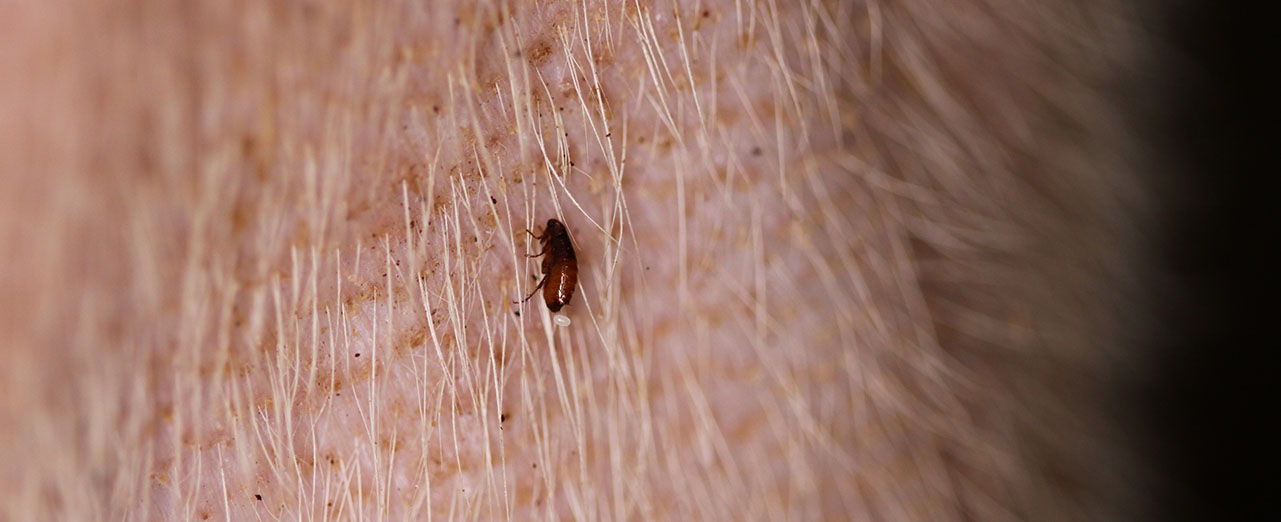
How To Spot a Dog Flea
What do dog fleas look like?
Fleas on dogs and fleas on puppies are small and very quick moving, so it can be hard to spot them. To the human eye, fleas look like little dark red or brownish ovals. If you look closely, you can make out their legs underneath them. If you do spot a flea, be prepared for it to disappear suddenly as it crawls or jumps away.
Sometimes you may not see the fleas themselves, but you may see evidence of them in the form of ‘flea dirt’. Flea dirt actually flea faeces, and it looks just like regular dirt. The way to tell the difference is to take some and put it on a wet tissue – flea dirt will stain the tissue red.
Take a look at some more information about spotting flea bites on your dog.
How do Dogs Get Fleas?
Fleas on dogs are hardy little blighters (or biters!) that can find their way onto your pooch in a number of different ways. Let’s go through some FAQs of how dogs get fleas.
FAQs
-
Can a dog get fleas from grass?
Yes. Immature fleas can often be found in grass and if your dog goes past at the wrong time they may become a host before you know it. -
Can a dog get fleas from outside?
Yes they can. Immature flea stages can be lying in wait almost anywhere in the great outdoors. -
Can my dog get fleas from another dog?
It is possible for a flea to jump directly from dog to dog, but most fleas stick with a host once they find it. Dogs are typically infested, not directly from a flea jumping on them from another dog, but rather from newly emerged fleas in the environment. -
How do dogs get fleas in the house?
Fleas are usually brought into a household on an infested dog or cat. As female fleas can lay up to 50 eggs a day, it only takes a few fleas to result in a household infestation! -
How does my dog keep getting fleas?
If your dog is constantly being reinfested with fleas after treatment, it is most likely there is an environmental infestation in or around your house. The adult fleas we see on pets represent only 5% of the total population. The other 95% are immature stages in the environment. The good news is, with proper flea control, it is possible to control infestations and keep your dog flea-free.
-
What causes dogs to get fleas?
Dog fleas are a part of our natural world; they are an insect that has evolved to live off a host. An infestation can happen to any dog at any time, even if you have a very clean house. -
How do puppies get fleas?
Puppies get fleas the same way as adult dogs, by coming into contact with adult fleas. They are just as susceptible to an infestation as their older doggy pals. -
Where can my dog get fleas?
The answer is ‘almost anywhere’. Dogs can pick up fleas in any environment, indoors or outdoors. -
Why do puppies get fleas?
Fleas don’t discriminate between puppies and adult dogs. Your puppy will get fleas if it comes into contact with an infested environment where adult fleas are waiting to emerge.
The Different Types of Fleas You Can Find on Dogs
Many flea species have a tendency to specialise in which animal they prefer, however, there are a few different types of fleas that can be found on dogs. Here are the main kinds that you need to know about:
- Cat Flea (Ctenocephalides felis): Despite its name, the cat flea is by far and away the most common flea species found on dogs in Australia.
- Dog Flea (Ctenocephalides canis): The dog flea is less commonly found on dogs in Australia but may occasionally be seen.
Regardless of the species, any kind of fleas found on your dog are unpleasant and should be dealt with swiftly. This is important as not only can fleas cause irritation, they can also carry and transmit other parasites and pathogens. Regular use of effective flea control products will help to prevent the unpleasant effects associated with flea infestations.
Dog Flea Symptoms
Fleas can cause worse problems than just make your dog scratch a lot. Like people, dogs may have allergies and dog flea allergy symptoms can be quite severe. In fact, for dogs with flea allergies, it only takes a few fleas to cause problems. Fleas can also transmit other parasites and pathogens.
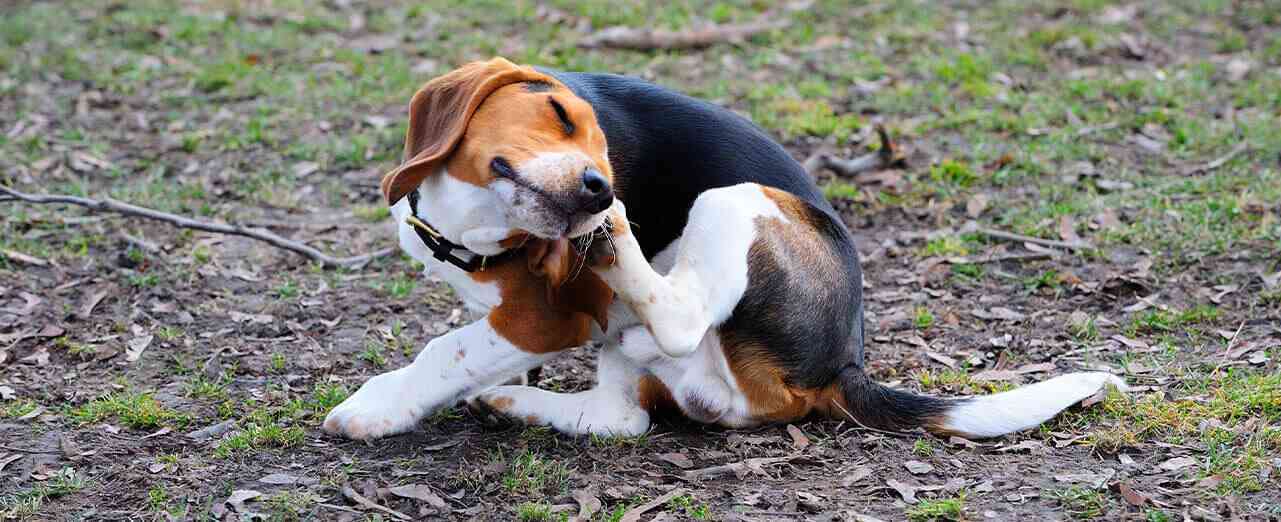
How can you tell if your dog has fleas?
If you see fleas or flea dirt on your dog or its bedding you have your answer, and if you see one flea you can be sure there are more. Fleas can sometimes be hard to spot so here is a list of signs you may see if your dog has fleas.
- Scratching: This is the obvious one. The presence of fleas and their bites irritates the skin, so if your dog is scratching and gnawing at its skin more than you might expect, it may have fleas. There are a range of causes of scratching in dogs, so be sure to speak to your vet if the condition persists.
- Hair Loss: Hair loss due to excessive scratching and grooming may be seen in some dogs, particularly around the back legs and tail base.
- Irritated Skin: Your dog’s skin may be red and sore because of their flea infestation. Dogs with flea allergy dermatitis may also develop secondary skin infections.
- Pale Gums: The loss of blood from a severe infestation of fleas can cause anaemia, resulting in pale gums. Anaemia due to fleas is rare, typically only seen in young puppies with very heavy flea infestations.
Flea Prevention for Dogs
When it comes to fleas, prevention is definitely better than cure. Remember, by the time you see fleas on your dog, chances are they have already started laying eggs to infest your house!
Thankfully, flea protection for dogs is made easy with NexGard® for Dogs oral chewable flea protection that your dog will enjoy like a special treat.
In many areas, fleas go hand in hand with ticks, which is why combined flea and tick prevention for dogs is a great option. Try NexGard for Dogs for a monthly chew that protects against fleas, ticks and mites. Or try NexGard SPECTRA® for Dogs, which delivers the most complete protection from fleas, ticks, mites, heartworm and intestinal worms available in one tasty monthly chew.
To keep your home flea and tick free for the long term, we also suggest taking the following steps:
- Wash bedding in hot water and dry on high heat or in the sun
Periodically wash your pet’s bed cover in hot water and dry on a high heat setting or direct sunlight to kill any flea eggs and larvae.
- Mow your grass and remove leaves
Make your yard more appealing on the eyes and less appealing to fleas and ticks by keeping grass short and eliminating piles of loose brush and sticks.
- Vacuum your carpets often
Regular vacuuming of carpets and rugs in your home is advisable, especially in areas where your pets tend to lounge.
- Cover crawl spaces and garbage bins
Deter wild animals that carry fleas and ticks from your home and surroundings, and block access to outdoor crawl spaces.
Best Flea Treatments for Dogs
If your dog has fleas and you’re wondering how to treat them, when it comes to the best flea treatment for dogs and puppies, you can’t go past NexGard for Dogs and NexGard SPECTRA for Dogs.
Dogs love our beef-flavoured chewable flea treatments for dogs– in fact, in preference tests up to 13 times as many dogs preferred them compared to other similar products*†. Both treatments are available in 3 and 6 monthly protection packs for both small dogs and large dogs.
Bookmark this guide and stay up to date with NexGard for flea control, or find out more about both NexGard for Dogs and NexGard SPECTRA for Dogs to see what’s right for your furry friend. You will have the best flea treatment for dogs in Australia on hand when you need it.
*Halos L et al. (2015) Preference of dogs between 2 commercially available oral formulations of ectoparasiticide containing isoxazolines, afoxolaner or fluralaner. Open J Vet Med; 5: 25-29.
†Carithers, D.S et al (2016) Comparison of preference demonstrated by dogs when offered two commercially available oral ectoparasiticide products containing either afoxolaner (NEXGARD) or sarolaner (SimparicaTM). Int J Appl Res Vet M, 14, 2.
Dog Fleas on Humans
Can fleas on dogs get on humans?
Unfortunately yes, fleas on dogs and fleas on puppies absolutely can bite humans.
While fleas on dogs prefer their canine hosts and are not as likely to remain on your skin, if you have a heavy household infestation it is very likely that you and your family will get bitten.
However, while humans can get dog fleas, you are not what they are really looking for. Fleas are not likely to live on you in the way they live on your dog. They may however transmit diseases to humans, such as cat flea typhus – yet another reason to make sure you maintain good flea control for your dog.
Want more information on the treatments available for your dog or puppy?
Learn more about both NexGard for Dogs and NexGard SPECTRA for Dogs for protection against fleas and other parasites.
PET-0330-2020
Related Articles
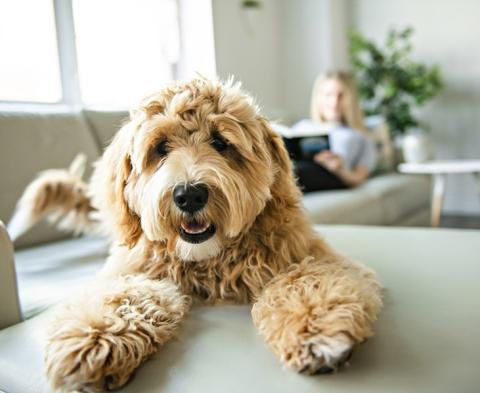

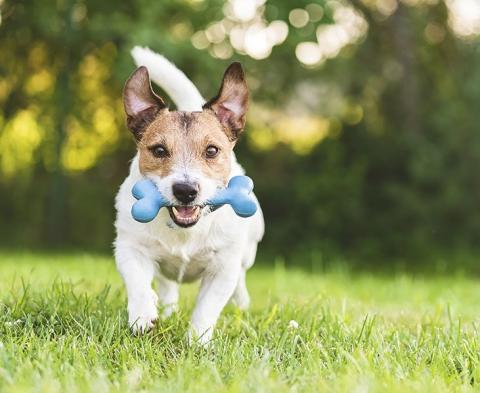

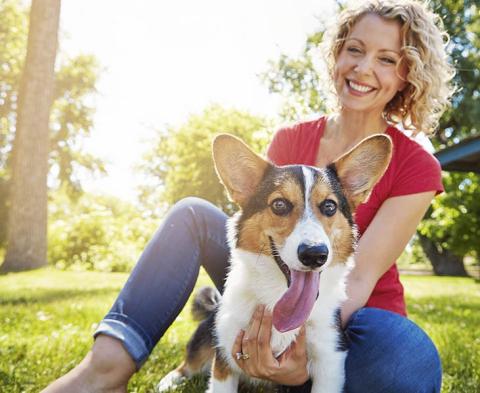

Copyright and Trademark Notice
NEXGARD SPECTRA®, NEXGARD®, HEARTGARD30® and PARAGARD® are registered trademarks of the Boehringer Ingelheim Group.
©2021-2022 Boehringer Ingelheim Animal Health Australia Pty. Ltd. All rights reserved. PET-0228-2022
